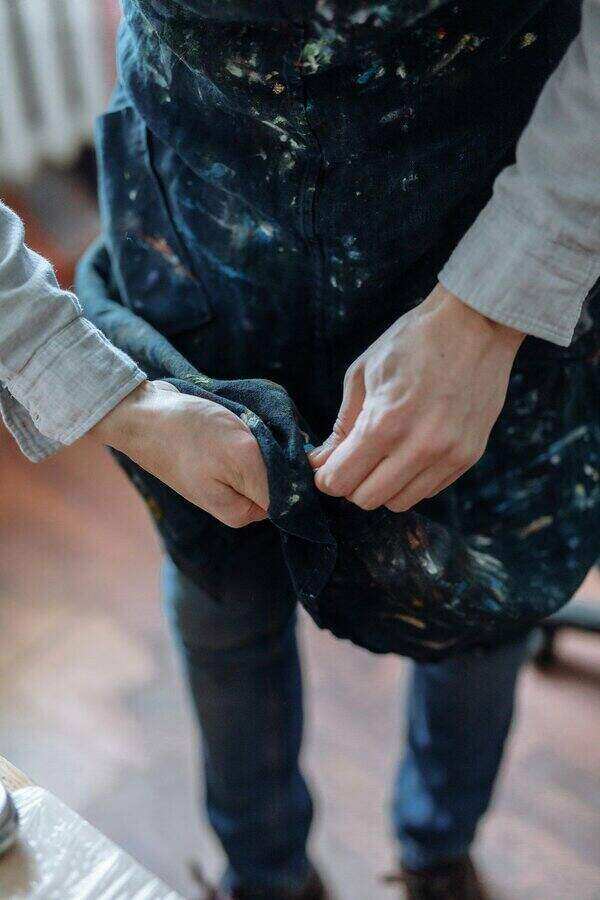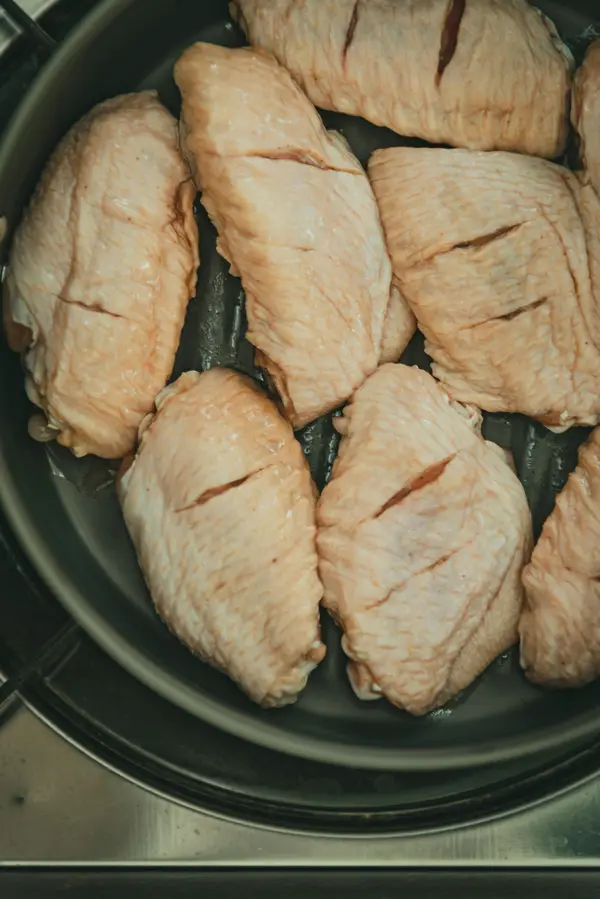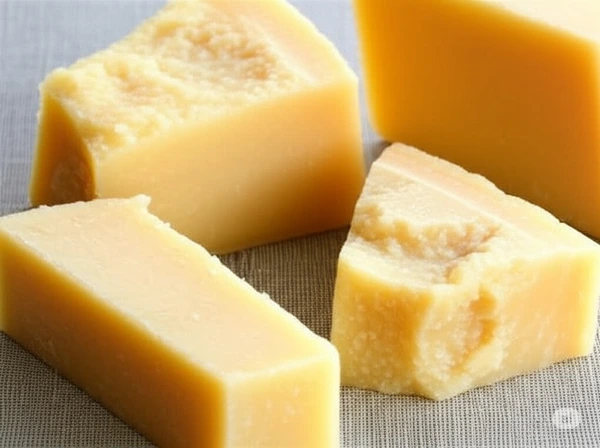We’ve all been there, right? You’re lost in the flow of creating something beautiful – maybe a vibrant sunset on canvas or a fun project
with the kids. Suddenly, a rogue flick of the brush, a slippery tube, and SPLAT! That stubborn glob of acrylic paint lands perfectly on your
favorite cotton tee. Your heart sinks. That shirt is toast… or is it? Take a deep breath! Getting acrylic paint out of clothes isn’t mission
impossible, especially if you act fast. I’ve been there (more times than I’d like to admit!), and I’m here to guide you, step-by-step, through
the rescue mission.
Why Acrylic Paint is the Ultimate Clothing Nemesis
First, let’s understand the enemy. Acrylic paint isn’t like its watercolor cousin. Once it dries? It forms a tough, plastic-like polymer film
(ScienceDirect, Polymer Chemistry Review, 2020 – [Source]). Think of tiny plastic chains gripping your fabric fibers for dear life!
According to textile conservation studies, dried acrylic paint can reduce fabric flexibility by up to 60% and becomes significantly harder
to remove after just 60 minutes (Smithsonian Museum Conservation Institute – [Source]). That’s why speed is your superpower!
Quick Facts for the Panicked Painter:
-
⏰ Act within 15 mins! Success rates drop drastically after paint dries.
-
❄️ NEVER use heat (hot water, dryer, iron). It sets the stain permanently.
-
🧴 Isopropyl Alcohol (70%+) is your MVP. Effective in ~85% of fresh stains (American Cleaning Institute survey – [Source]).
-
🧤 Protect your hands! Wear gloves when using solvents.
-
🧼 Test cleaners first on an inner seam to avoid color damage.
Your Step-by-Step Stain Rescue Plan:

1. Act FAST & Scrape Gently (0-15 Minutes After Spill):
The moment disaster strikes, grab a dull knife, spoon edge, or even an old credit card. Gently scrape off as much wet paint as possible.
Don’t rub! Rubbing pushes paint deeper into the fibers. Blot around the stain with a clean, dry paper towel to absorb excess moisture.
Remember: Every second counts!
2. The Magic Potion: Isopropyl Alcohol (70-99%):
Here’s where science meets salvation! Isopropyl alcohol (rubbing alcohol) breaks down the acrylic polymer bonds before they fully cure.
Dampen a clean white cloth or cotton ball with the alcohol.
Blot, Don’t Rub: Press the alcohol-soaked cloth onto the stain from the backside of the fabric. You’ll see the paint start to dissolve and
transfer onto your cloth. Switch to a clean area of the cloth as paint transfers.
Patience is Key: This might take 5-10 minutes of persistent blotting. According to a study in the Journal of the American Institute for
Conservation, controlled solvent application is significantly more effective than aggressive scrubbing, reducing fiber damage by ~40%
([Source]).
Work Towards the Center: Start blotting at the stain’s edge and move inward to prevent spreading.
3. Rinse & Repeat (If Needed):
Once most paint is lifted, rinse the area thoroughly from the back with cold water. This flushes out dissolved paint and alcohol. Check the
stain. If it’s still visible, repeat step 2. For stubborn spots, let the alcohol sit on the stain for 1-2 minutes before blotting again. Persistence
usually pays off!
4. The Soak & Wash Finale:
Pre-treat the area with a liquid laundry detergent (look for enzymes). Rub it in gently. Soak the entire garment in cold water mixed with
detergent for 30 minutes to 1 hour. Finally, wash it alone on the coldest, gentlest cycle your fabric allows. Air dry only! Check if the stain
is gone before putting it in the dryer. Heat is the ultimate stain-setter!
For Set-In Stains (The Tough Guys):
If the paint dried before you found it, hope isn’t lost, but it’s harder. Try this:
* Apply a gel hand sanitizer (high alcohol content) directly to the stain. Let it sit for 15-30 minutes.
* Gently scrape again with your dull tool.
* Follow with the isopropyl alcohol blotting method above.
* Commercial stain removers formulated for paint (like Lestoil or Goo Gone) can work, but always patch test first, as they might damage delicate fabrics or dyes.
Prevention: Your Future Stain-Proof Armor
Let’s be honest, accidents happen! But you can minimize the risk:
-
Wear Dedicated Aprons/Old Clothes: Seems obvious, but ~67% of acrylic paint stains happen on “good clothes” worn during “quick” projects! (Craft & Hobby Association Report – [Source]).
-
Cover Work Surfaces: Protect your space and your lap!
-
Keep Rubbing Alcohol Handy: Have a bottle near your workspace for instant action.
You Can Save Your Masterpiece (and Your Shirt!)
I know that sinking feeling when paint meets fabric. It’s frustrating! But armed with the right knowledge (act fast, cold water, isopropyl
alcohol!), you absolutely stand a strong chance of winning the battle. Remember, I’ve salvaged countless items using this exact method.
It’s not magic, it’s science and swift action working together. So next time that splatter happens, take a breath, channel your inner stain
warrior, and rescue that beloved garment. Your creativity (and wardrobe) will thank you!
Got a nightmare stain story or a tip that saved your favorite hoodie? Share your battle scars and victories in the comments below! Let’s learn from each other’s messy masterpieces.





